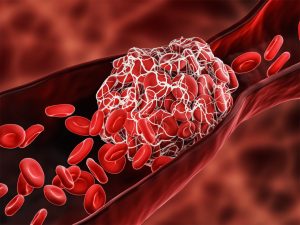In recent years, the scientific community has intensified efforts to combat antibiotic resistance. Among the new therapeutic options, in addition to Pivmecillin which we have already covered in a specific article in our blog, Cefiderocol is establishing itself as a further possible solution thanks to its effectiveness against multi-resistant bacteria, including those resistant to carbapenems and to today’s standard treatments in use.

The Innovative Mechanism of Action of Cephalosporin
Cefiderocol’s mechanism of action is unique among antibiotics. This drug works by inhibiting bacterial cell wall synthesis, an action common to cephalosporins. However, what sets it apart is its “Trojan horse mechanism“.
Cefiderocol exploits the iron transport systems of bacteria to penetrate bacterial cells, overcoming many of the resistances that bacteria have developed against traditional cephalosporins.
Bacteria require iron for their survival and Cefiderocol binds to it, allowing the drug to enter bacterial cells undisturbed. Once inside, Cefiderocol disrupts cell wall synthesis, leading to the death of the bacterium.
Efficacy of Cefiderocol against Multiresistant Pathogens
Clinical studies have shown that Cefiderocol is effective against a wide range of Gram-negative bacteria, including some of the most problematic pathogens such as Pseudomonas aeruginosa, Acinetobacter baumannii and Klebsiella pneumoniae. These bacteria, often responsible for difficult-to-treat nosocomial infections, have developed resistance to many of the available therapeutic options, including other cephalosporins and carbapenems.
A study published in “The Lancet Infectious Diseases” highlighted how Cefiderocol showed high efficacy in the treatment of complex infections, including cases of pneumonia associated with mechanical ventilation and complicated urinary tract infections. Cefiderocol’s ability to overcome bacterial resistance mechanisms makes it a crucial cephalosporin in an era where antibiotic resistance represents a growing threat.
Clinical Benefits and Safety of Cefiderocol
In addition to its effectiveness, Cefiderocol has demonstrated a good safety profile. Studies have found that the most common side effects are similar to those of other cephalosporins, such as gastrointestinal disorders and allergic reactions. However, its use must be carefully monitored, especially in patients with renal impairment.
The Future of Cefiderocol as a First-Line Cephalosporin
Cefiderocol represents one of the most promising responses to the challenge of antibiotic resistance. However, it is essential to continue monitoring its effectiveness and studying its use in combination with other therapies. Bacterial resistance is a dynamic phenomenon and bacteria could eventually develop resistance to this new cephalosporin as well. Therefore, the use of Cefiderocol should be part of a broader strategy that includes infection prevention, prudent use of antibiotics, and continued research into new therapies.




